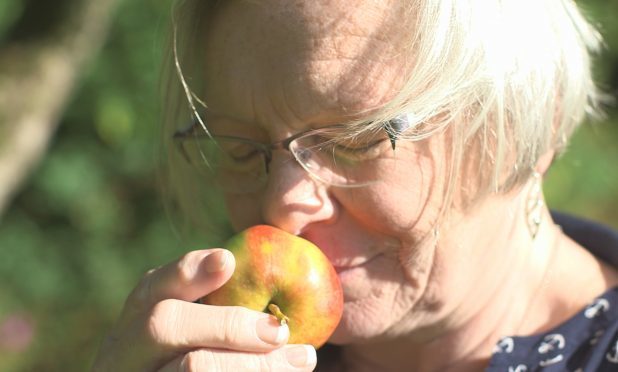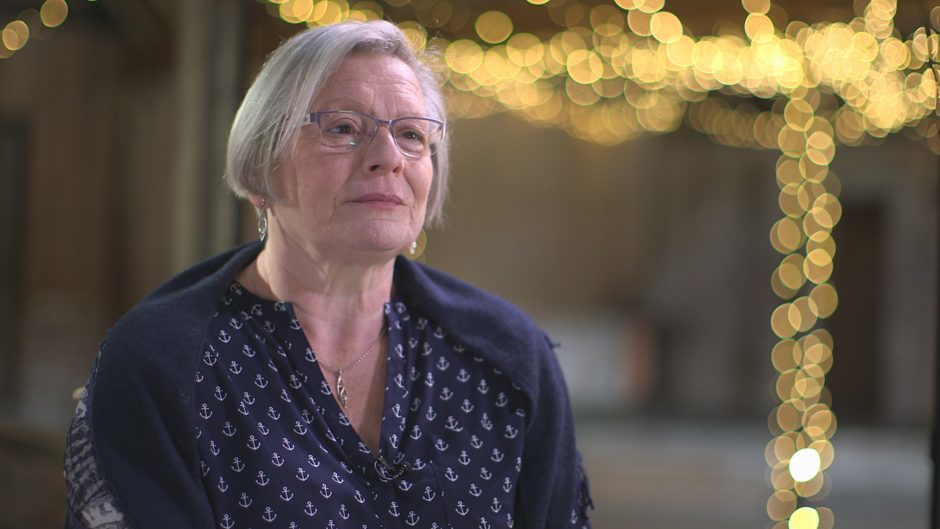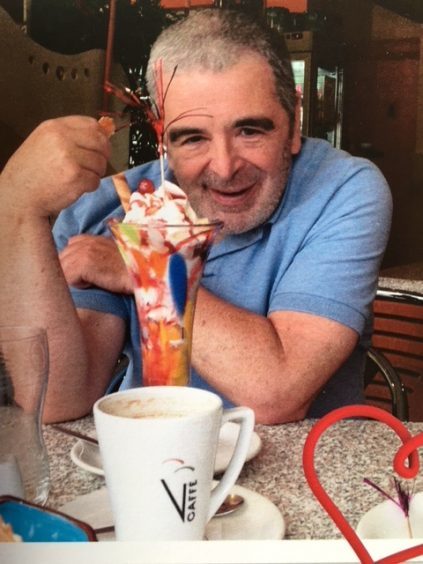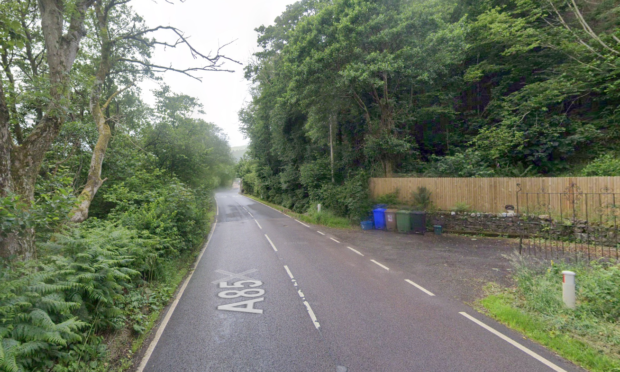A team of scientists are poised for a breakthrough in Parkinson’s disease research thanks to a Perth woman who has the remarkable ability to sniff out the illness.
Joy Milne can smell Parkinson’s before it is medically diagnosed.
She astonished doctors by correctly identifying sufferers by smelling the T-shirts they slept in. She could even detect subtle changes in the scent of people who had not yet developed the condition.
And she noticed an unusual musky odour around her husband – a decade before he was diagnosed.
A team of researchers from Manchester is on the verge of establishing what causes the smell. They found distinctive molecules that seem to be concentrated on the skin of Parkinson’s patients.
The discovery could lead to the first diagnostic test for the disease, which could lead to vital early treatment.
The condition affects one in 500 people in the UK and can leave them struggling to walk, speak and even sleep.
Joy’s involvement in the study was the subject of the BBC One Scotland documentary The Woman Who Can Smell Parkinson’s, now available on iPlayer.
In the programme, she told how her husband Les was diagnosed with the condition at the age of 45. However, she said she detected an unusually musky smell around him, about 10 years before.
Joy told the BBC: “It was a new smell, I didn’t know what it was. I had not met it anywhere else, so it wasn’t in my memory.”
She accused of her husband of not showering. “He became quite upset about it, he really did,” she said. “So I just had to be quiet.”
Joy’s unusual ability came to light after Les was diagnosed and the couple attended a support group.
The retired nurse said: “We sat down and we’re having a cup of tea and I said to him: ‘Those people smell the same as you’.”
She subtly checked other people in the room – by going round with a plate of biscuits – and detected varying levels of the same musky aroma.
Joy shared her experience at a science conference and a series of tests were carried out by Edinburgh University’s Dr Tilo Kunath, which confirmed her ability.
Dr Kunath teamed up with Professor Perdita Barran, an expert in chemical analysis from Manchester University, to try to isolate the actual molecules from the odour that Joy is able to smell.
The Manchester team collected samples from patients with Parkinson’s and a control group of those without, to check for molecular signatures.
The first analysis found there were 10 molecules distinctive to Parkinson’s sufferers.
Prof Barran said: “For all the serendipity, it was Joy and Les who were absolutely convinced that what she could smell would be something that could be used in a clinical context and so now we are beginning to do that.”
Les died in 2015, aged 65. Joy said: “I don’t want other families to have the same experience.
“I want relief for them. I want to see a better understanding within medicine. A better education for the general public.
“And the hope that with early diagnosis, there is going to be treatment.”












